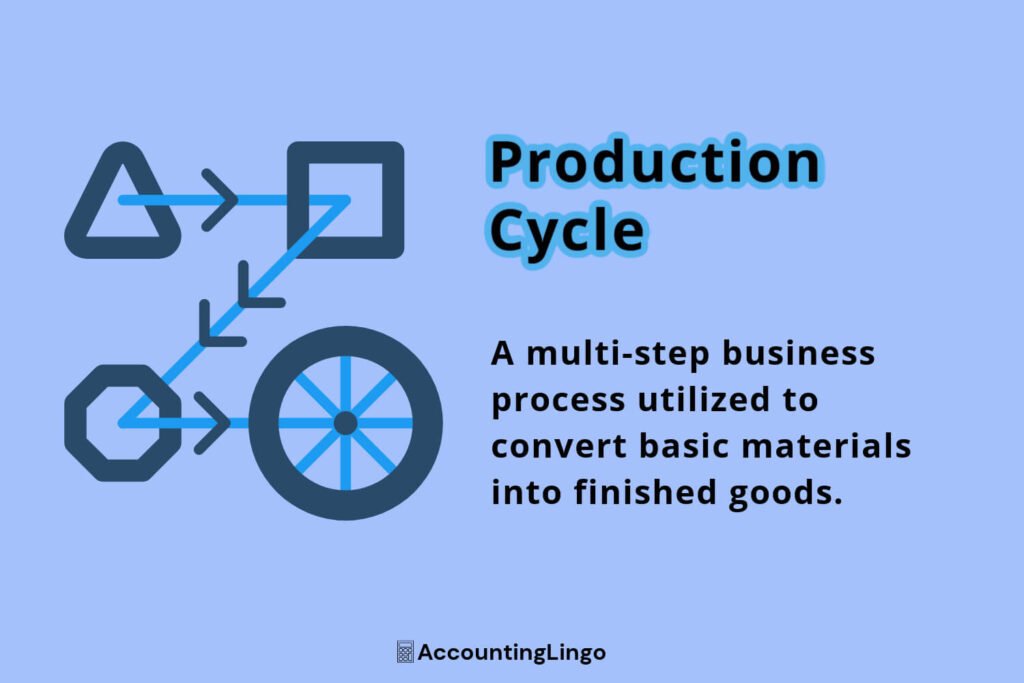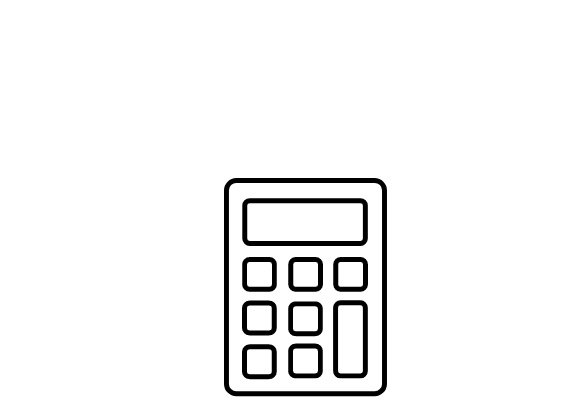
What is a Production Cycle?
A Production Cycle refers to a multi-step business process utilized to convert basic materials into finished goods.
“A recurring set of business activities associated with the manufacture of products.” -University of Colorado
Understanding a Production Cycle
Prior to reaching the sales floor, a finished product must undergo the production cycle which includes the following steps:

Different business units are responsible for managing each step in the process, including: engineering, inventory management, production, and accounting.
Step 1 – Design of Product
Design of the product is an iterative process requiring constant collaboration. Creating a product customers desire that’s durable, functionable, and of good quality while minimizing cost requires engagement from several internal business departments.
Parties Involved in the Process Include:
- Marketing Department: Ensures all product features align well with customer needs, wants, and desires.
- Accounting Department: Oversees material cost estimates while ensuring the end-product is profitable.
- Engineering Department: Suggests product design strategies that minimize cost and maximize ease of manufacture.
Upon agreement between all parties regarding product design, a bill of materials listing all required components is drafted. Therefore, items are detailed out as to full description, part number, and quantity needed.
In order to produce a finalized product, an operation list is provided outlining the exact steps involved. The list also specifies required timelines needed for each step in the process along with required equipment. Engineering may also request various production runs to identify labor needs in completing batches of finished product.
Step 2 – Scheduling and Planning
Scheduling and planning involve forecasting demand of finished product commonly supplied by internal sales departments. Therefore, the purchasing department will be able to place raw material orders in advance of a set production schedule by identifying the initial unit quantity needed and the timeline for replenishment.
A Master Production Schedule (MPS) helps define how much product to produce and when. Developing a master production schedule to meet current product needs, near-term needs, and that minimizes inventory levels is ideal.
Manufacturing resource planning (MRP-II) and lean manufacturing are additional resource planning tools. MRP-II attempts to balance existing production capabilities and raw materials with sales forecasts. It’s commonly known as push manufacturing since goods are produced based on expected sales demand.
Lean manufacturing aims to minimize raw material inventory, work in progress, and finished product. It’s commonly known as pull manufacturing since goods are also produced based off expected sales demand. Both strategies attempt to plan production ahead of time yet both vary due to length of planning timelines.
Step 3 – Production and Manufacturing
Production and manufacturing involve the real-time process of creating finished goods. The inventory management department sends job orders to the production department based on product need. The production department can then schedule direct labor as needed to convert raw materials into finished product.
Setup of production and manufacturing can vary greatly from company to company based on product type and the use of automation. Furthermore, computer-integrated manufacturing (CIM) is commonly used and involves information technology (IT) throughout the production process. Benefits of Computer-integrated manufacturing include:
- Cost reduction.
- Minimal downtime.
- Maintaining appropriate amounts of inventory.
Step 4 – Cost Accounting
The accounting department oversees the production process from a cost perspective and supplies feedback to the engineering and production departments. Cost accounting primarily involves supplying data relating to the planning and controlling functions of the production process. In addition, this data helps management compare expectations with real time cost.
Additional Resources for Production Cycle
Other helpful articles may include:
What is Cost of Nonconformance?
Stockout Cost: Understanding
Step Variable Cost: Examples
What is Cost Based Pricing?
